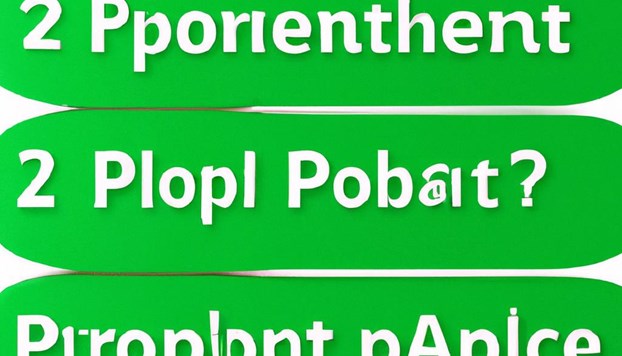![]()

```html
Understanding PPP Loans: A Comprehensive Guide
The Paycheck Protection Program (PPP) loans have been a pivotal financial lifeline for many businesses during challenging times. But what are PPP loans? This blog post delves into the intricacies of PPP loans, their purpose, eligibility, and impact on small businesses.
What Are PPP Loans?
PPP loans are a part of the U.S. government's response to the economic distress caused by the COVID-19 pandemic. The loans are intended to provide financial support to small businesses, enabling them to keep their workforce employed during the crisis. Essentially, PPP loans are designed to cover payroll costs, rent, utilities, and mortgage interest.
The Purpose of PPP Loans
The primary aim of PPP loans is to help businesses maintain their employee headcount and avoid layoffs. By offering forgivable loans to cover payroll and other essential expenses, the program seeks to stabilize the economy and promote job retention. This initiative is crucial because it directly supports the livelihoods of millions of Americans.
Eligibility Criteria for PPP Loans
Understanding what are PPP loans also involves knowing who is eligible to apply. The program targets small businesses, non-profits, veterans’ organizations, and certain self-employed individuals. The eligibility criteria include:
- Employing 500 or fewer employees.
- Meeting the Small Business Administration's (SBA) industry size standards.
- For certain industries, businesses with more than 500 employees may still qualify if they meet the SBA's alternative size standard.
Applicants must also demonstrate that the loan is necessary to support ongoing operations due to the economic uncertainty brought about by the pandemic.
How PPP Loans Are Used
Once a business secures a PPP loan, the funds must be used for approved expenses to qualify for loan forgiveness. These include:
- Payroll costs, including salaries, wages, tips, and employee benefits.
- Mortgage interest payments.
- Rent under lease agreements.
- Utility payments.
At least 60% of the loan amount must be used for payroll costs to ensure full loan forgiveness.
Loan Forgiveness
A significant feature of PPP loans is the potential for loan forgiveness. If businesses use the funds appropriately and maintain their workforce levels, they can apply for forgiveness, converting the loan into a grant. This aspect makes understanding what are PPP loans particularly beneficial for small business owners.
To achieve forgiveness, businesses must apply through their lender, providing documentation that demonstrates the correct use of funds. The SBA will then review and approve the forgiveness application.
The Impact of PPP Loans on Small Businesses
PPP loans have had a substantial impact on small businesses across the United States. By providing critical financial support, these loans have helped countless businesses survive during unprecedented times. They have allowed businesses to:
- Retain employees and avoid layoffs.
- Meet essential operational costs without revenue loss.
- Maintain stability and plan for post-pandemic recovery.
For many, the PPP loan was a crucial factor in keeping their doors open and continuing to serve their communities.
Challenges and Considerations
While PPP loans offer significant benefits, they also come with challenges. Navigating the application process, understanding the forgiveness criteria, and keeping up with evolving guidelines can be daunting for business owners. It's essential to stay informed and seek professional advice when necessary to maximize the benefits of the program.
Conclusion
In summary, what are PPP loans? They are a vital financial tool designed to support small businesses through economic hardships. By understanding their purpose, eligibility, and usage, businesses can effectively leverage these loans to sustain operations and emerge stronger post-pandemic. As the economic landscape continues to evolve, PPP loans remain a beacon of hope and stability for the small business community.
```